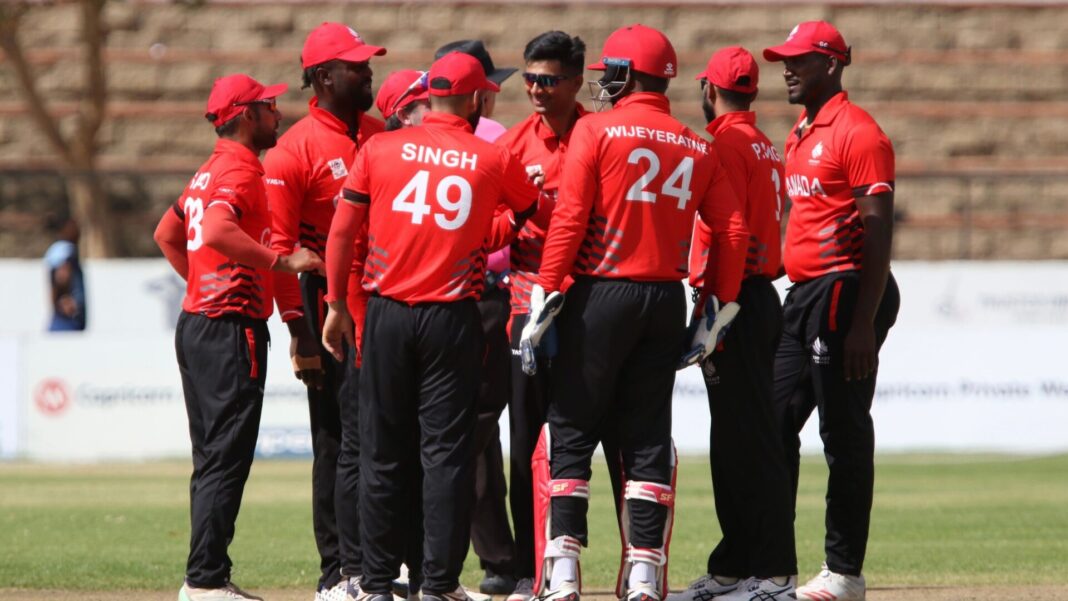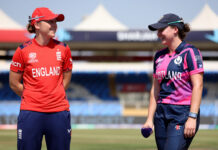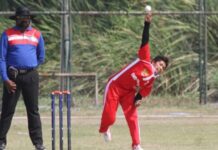Three runs, one wicket and a net run rate of 0.012! Such are the fine margins that can make or break fortunes in Associate cricket.
In Canada’s case, it was this very margin that cost them a chance to gain ODI status and almost a million dollars in additional ICC funding on April 26, 2019. Needing to restrict USA to 212 to achieve a top four finish in World Cricket League Division Two, the Canadian team watched in horror as USA’s last wicket partnership dragged them to 215. While Canada still won the game by 40 runs and finished on equal points with Papua New Guinea, the reduced victory margin was enough to dent their net run rate and put them in fifth position below the Barramundis on the points table.
Fast forward to the 2023 Cricket World Cup Qualifier Play-off and finally the Canadians were able to turn their destinies around. On this occasion, the Americans gave them a helping hand by beating Jersey (ensuring a fourth-place finish for Canada) and then the Canadians thrashed PNG in the final group game to clinch ODI status in style. It was sweet, sweet redemption for the cricketers after a long time in the ODI wilderness.
🚨BIG NEWS 🚨
We have now regained our ODI status after almost a decade and we are now confirmed to play ODI matches for next 4 year cycle!
Team Canada still disappointed that we can not qualify for the next round of @icc CWC qualifiers in Zimbabwe.#cricketcanada #odi pic.twitter.com/XcKj87od1e
— Cricket Canada (@canadiancricket) April 5, 2023
ODI Status
“Regaining the ODI status after nine long years is an outstanding achievement and a game-changing moment for Cricket Canada,” exclaims a jubilant Rashpal Bajwa sitting down with Emerging Cricket for an interview.
“It puts us on the same map as the leading Associate cricketing nations in the world.”
Bajwa, who has been the Cricket Canada President since 2020, goes onto explain how this achievement allows for a considerable uplift of the national cricket landscape.
“Promotion to the Cricket World Cup League 2 system ensures that a significant and high-quality number of international cricket matches will be played in Canada for the next four years. It allows us to plan for the long-term sustainable growth of the sport,” he says.
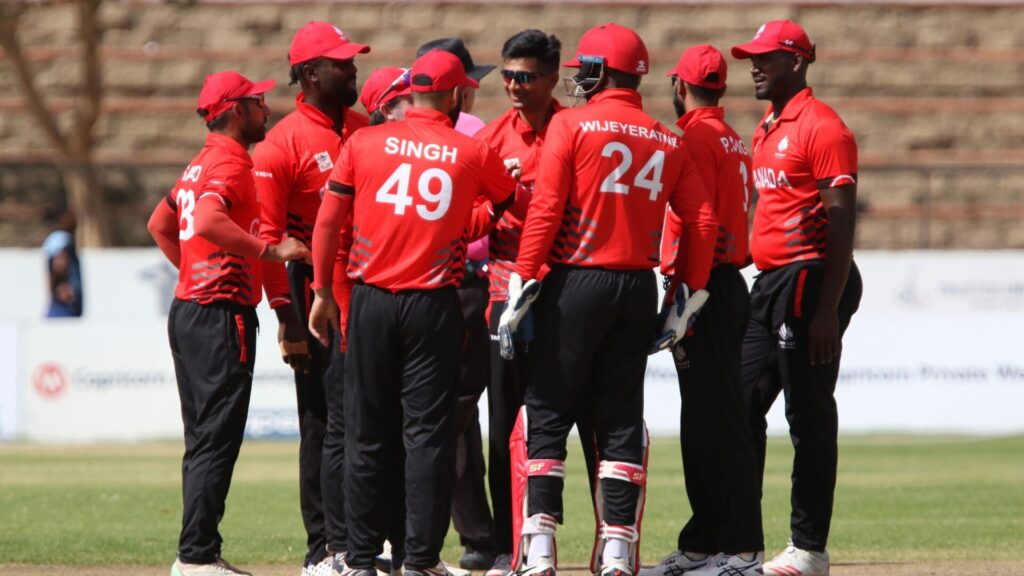
Ever since Canada lost its ODI status in 2014, the board has found it difficult to retain some of its players. Amateur status and the need for cricketers to balance playing domestic and international matches with ongoing work commitments are a tough sell; especially to talented youngsters who find it hard to stay involved with the sport into their 20’s. However, with the additional funding that ODI status now entails, it could be a serious gamechanger.
“We can hopefully start building our player pool now and introduce central contracts. Plus, it helps us significantly to improve connectivity with school cricket and provide a realistic option for youth and school children to see cricket as a practical alternate option for their sporting future,” states Bajwa.
Speaking to Darpan Magazine, coach Pubudu Dassanayake expressed similar sentiments. “If you are an international cricketer, you need about 20 to 25 hours of training per week to hone your skills.
“That is hard for a Canadian player because first they have to take care of their bills and work before cricket. At the moment, the national body is thinking of contracting around 15 of our players as full timers, which would be great for the sport’s future.”
Return of GT20 and T20 World Cup
The other major positive for the national board is the return of the Global T20 competition. First played in 2018, it was a moderate success and enabled Canadian cricketers to rub shoulders with many renowned Full Member players as well as cricketers from other Associate nations. Unfortunately the second edition, played a year later, was marred with controversy with Yuvraj Singh and George Bailey leading a player protest and teams refusing to take the field over unpaid player wages.
Since then, ongoing issues and Covid-19 put an indefinite hold on the competition; but it’s making a surprising comeback on the 20th of July this year. Bajwa is hopeful that the latest re-iteration of the GT20 is a roaring success.
“It should provide a massive boost to players’ competition level at domestic cricket level. Also, there is potential that the GT20 tournament becomes a permanent fixture on our calendar and allows our cricketers to earn higher prize money consistently.
“The opportunity for elite young players to gain experience by playing with higher-quality international players is priceless.”
Unleashing the cricketing prowess in a thrilling season of GT20 Canada 🤩
The action begins on the 20th of July ❤️
Game On!#GT20Canada #GT20Season3 #GameOn @canadiancricket pic.twitter.com/iQQFtjWY23— GT20 Canada (@GT20Canada) May 16, 2023
There’s also the carrot being dangled of the T20 World Cup, set to be held in USA and West Indies in 2024. With USA having qualified automatically as co-hosts, it leaves Canada, Bermuda, Cayman Islands and Panama battling it out for the one remaining World Cup slot in the Americas region. “These World Cups are the events where we can showcase what we are doing and these are the things to get people involved in and get excited about,” opines Bajwa, who maintains high confidence about Canada’s qualification prospects.
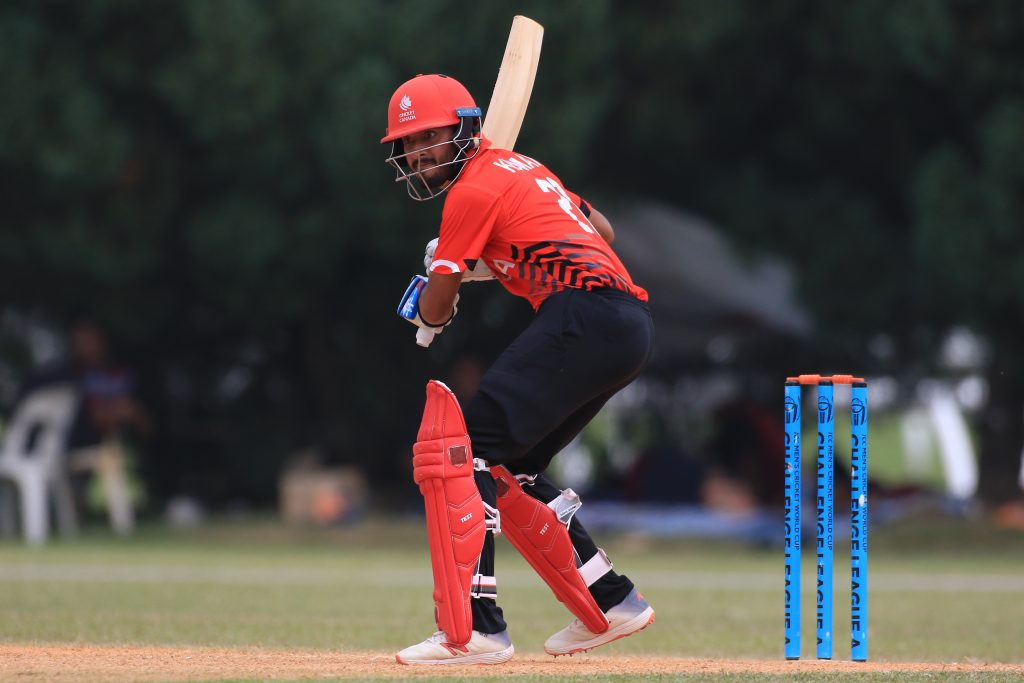
The regional final tournament takes place later this year, starting September 28 in Bermuda. If successful, the Canadians will get an incredible opportunity to take on some of cricket’s biggest guns in a major ICC event for the first time in twelve years. Their last appearance at a white ball tournament came in 2011, at the ODI World Cup. Amazingly star all-rounder Nitish Kumar, who made his senior international debut as a precocious 15-year-old and is the sole survivor from the 2011 team, is still playing in national colours.
Sponsorships and partnership with WEIC Sports United
The conversation then moves to the subject of sponsorships. Bajwa admits that attracting new sponsors becomes far easier with ODI status in hand. This is something that the board considers of strategic importance as it looks to transform itself into a financially independent and self-sufficient organisation in the future.
Recently, Cricket Canada signed a new strategic alliance with WEIC Sports United called ‘Boundaries North’. This alliance will aim to grow the game nationally and make it a key pillar of Canada’s sporting ecosystem. It lists a series of key initiatives:
- Stablishing supporting infrastructure and investing in opportunities for all cricketers in Canada including grassroots, community, amateur plus national men’s and women’s team programs
- Aligning player incentives with performance results
- Improving selection and talent management processes
- Introducing national coaching standards at all levels.
“Cricket in Canada is about to see an inflection point. Boundaries North is the culmination of 18 months of partnership building and collaboration with cricket communities, investors and commercial stakeholders.
“Our goal is to create a pathway for the best players in the country, and for the next generation of athletes to see cricket as a true career opportunity,” says Bajwa.
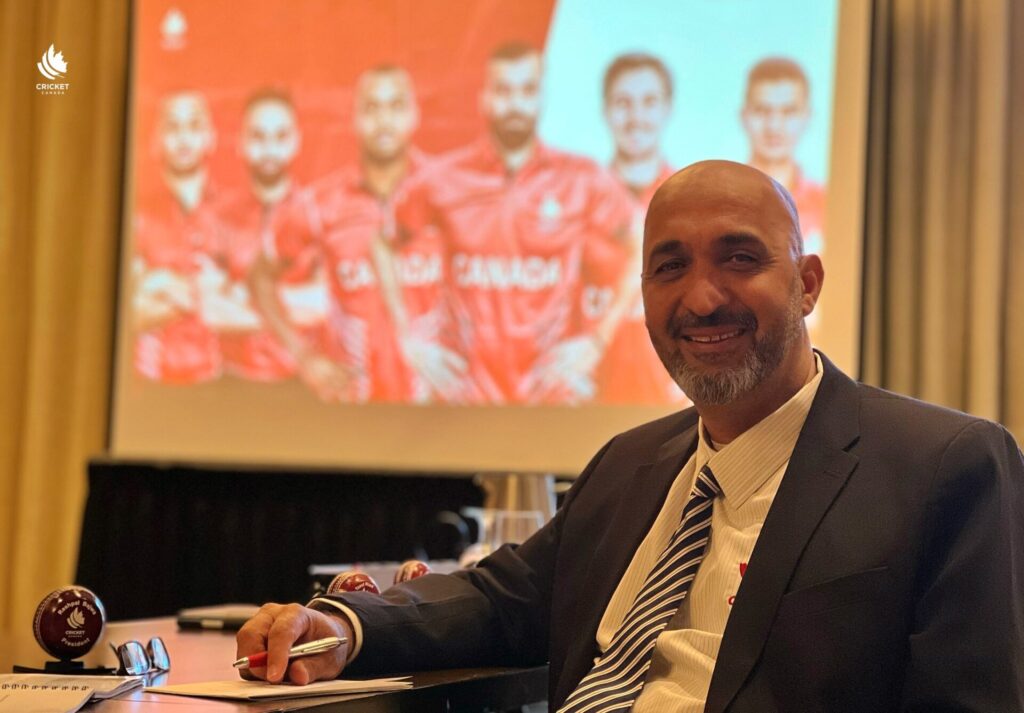
Currently, cricket is played in all ten Canadian provinces with Ontario, Alberta and Quebec being the strongholds. And with five million migrants residing in Canada from cricket nations as well as continuing immigration trends, there is plenty of scope for further growth.
“Cricket is the most rapidly growing sport in Canada at the moment. Our current team is a multicultural melting pot. We have players from India, Pakistan, Sri Lanka, Australia and the Caribbean, as well as second generation Canadian players with sub-continent heritage,” Bajwa explains.
Boundaries North forecasts Canadian cricket participation to grow to more than 500,000 by 2033, based on a variety of factors including current cricket participation data, Government of Canada forecasts on immigration and industry research on Canadian sport.
Although the sport still struggles to break away from its immigrant roots and enter mainstream consciousness in a crowded sports landscape, it can have a bright future in Canada if the cards are played just right!
You’re reading Emerging Cricket — brought to you by a passionate group of volunteers with a vision for cricket to be a truly global sport, and a mission to inspire passion to grow the game.
Be sure to check out our homepage for all the latest news, please subscribe for regular updates, and follow EC on Twitter, Facebook, LinkedIn and YouTube.
Don’t know where to start? Check out our features list, country profiles, and subscribe to our podcast.
Support us from US$2 a month — and get exclusive benefits, by becoming an EC Patron.

